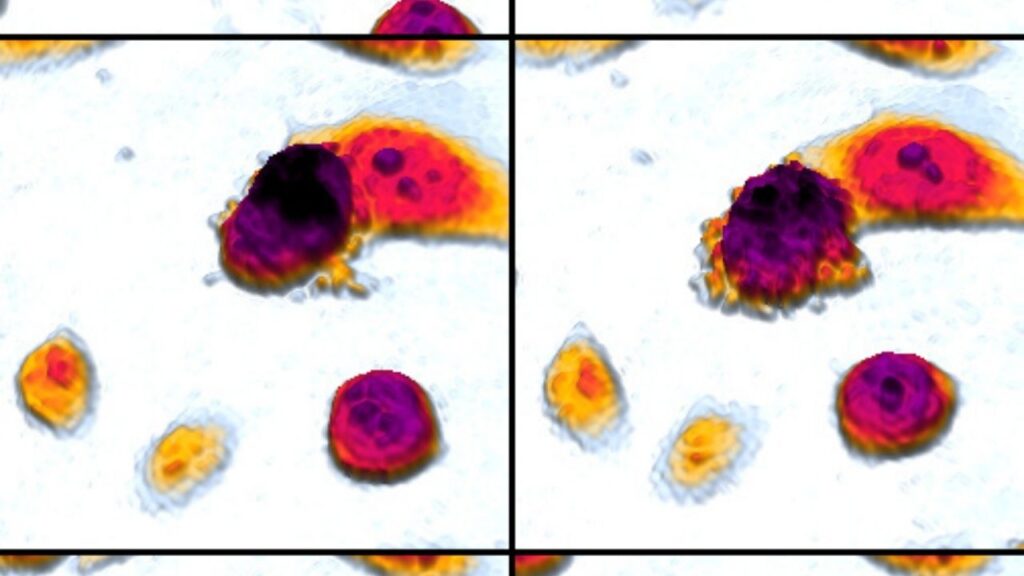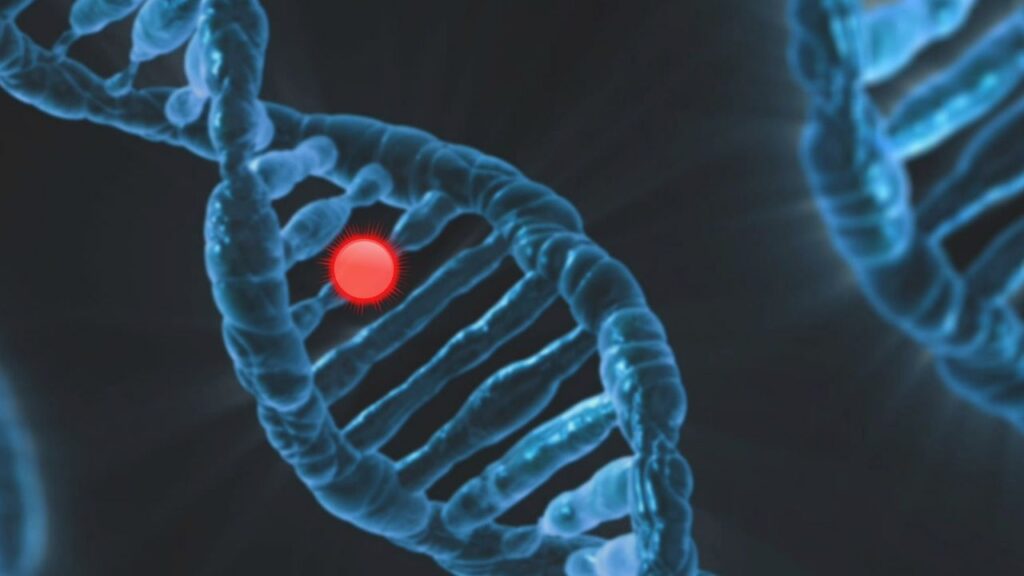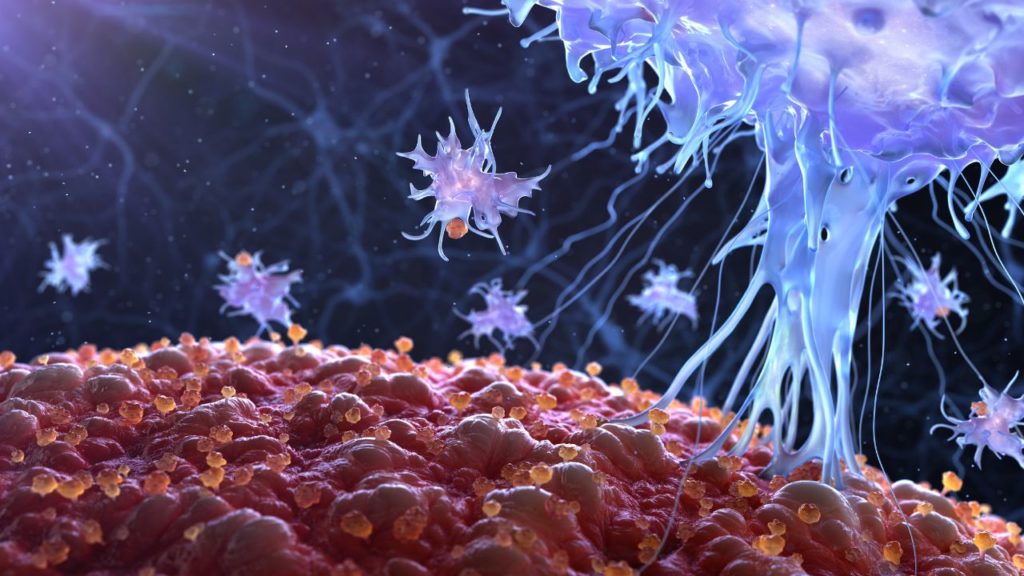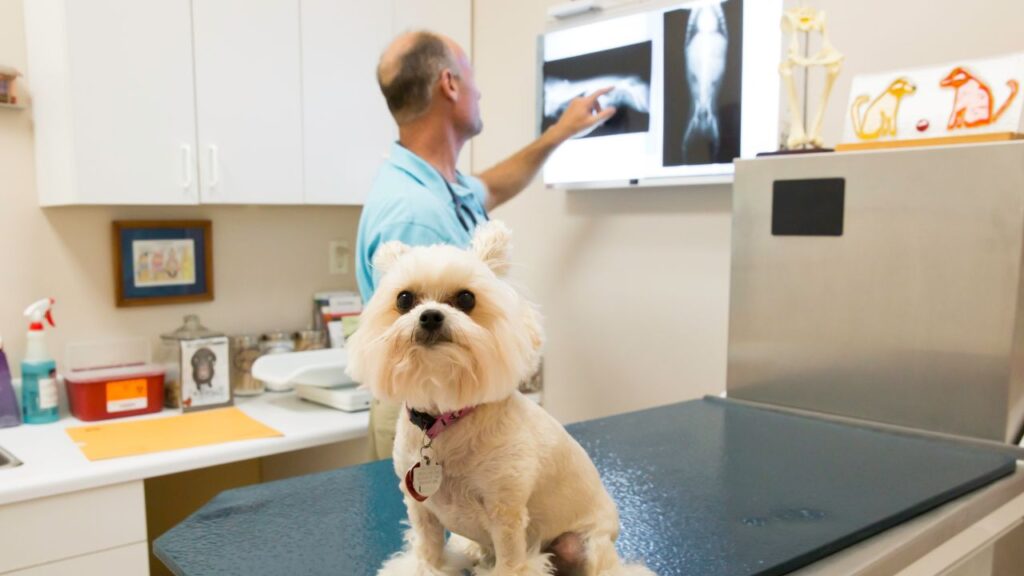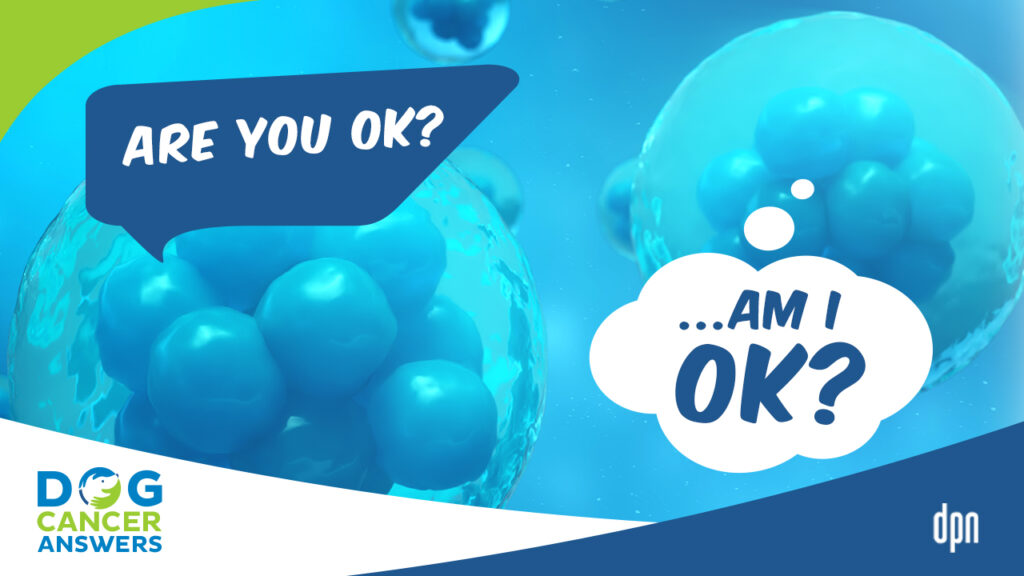It’s Not Your Fault: Cancer as a Multifactorial Disease
Cancer is relentless and sneaky. It’s not your fault that your dog has cancer. It’s not just one thing that causes it, but a cascade of complex events that ultimately lead to cancer development.
Key Takeaways
- When veterinarians say “cancer is a multifactorial disease,” they mean that it does not have just one cause.
- Many things must go wrong for cancer to start, take root, and grow into a tumor.
- There are many risk factors for dog cancer, and most of them are out of our control.
- It’s not your fault that your dog has cancer. Even dogs that are fed the “perfect diet” and live in relatively “clean” environments can develop cancer.
Your Dog’s Cancer Is Not Your Fault
As a multifactorial (many factors) disease, cancer doesn’t have “just one cause,” and no one is at fault if it happens.
Cancer has been around forever, as far back as ancient Egypt. It’s not uncommon, unfortunately, in humans or dogs.
Let’s look at the many things that must go wrong for cancer to develop so you can understand why you can stop blaming yourself.
Why Dogs Are Getting Cancer Now
One of the biggest reasons we see cancer in our aged dogs is that they can and do get older now. Our dogs today experience a much higher quality of life than dogs even just a few decades ago.
- We have become much better dog parents.
- We feed healthy and well-balanced diets.
- We vaccinate for infectious disease.
- We participate in regular vet visits.
- We minimize wandering.
Because of these and many other positive steps we’ve taken, our dogs reach the age that they either succumb to organ dysfunction/disease or cancer.1 Similar things have happened to humans, as we live longer.
Ironically, our dogs are getting more cancer, in part because they are getting better care overall, but that is one of the factors involved in why dogs get cancer.
A Multifactorial Disease
In addition to just living longer, cancer is a multifactorial disease, which means it has many causes.
As a reminder, cancer is the growth of abnormal cells that become malignant and often spread (metastasize) to other parts of the body. Everyone makes mistakes, even cells. Cancer begins as a mutation in cellular DNA. Most of the time, the body removes or corrects the mutation. Sometimes, however, the change persists. When there are too many mutations, the cells start to grow into a tumor.
So, what causes genetic mutations? There are numerous environmental risk factors involved, including
- Environmental chemicals
- Pollution
- Radiation
- Dietary excess/deficiencies
- Infections
- Genetics
There are also risks inside the body once exposure to the above happens.
After all, cancer does not develop from a single insult to a cell. Multiple changes must occur before the damaged cell even becomes a cancer. These numerous changes happen over time, and many checks and balances are in place in the body to help correct mistakes before cancer takes hold. This is why older dogs are more likely to have cancer.3
Now, let’s look at another group of risk factors: epigenetics.
Epigenetics
When cells go about their daily lives, they do not use all the information in their DNA. They have a lot of DNA information they ignore until they need to read it. However, epigenetic factors can change which parts of a cell’s DNA reads (acts upon) and which it ignores.
What are epigenetic factors? There are many, but you could consider them “environmental” factors. Here are some examples of epigenetic factors that might affect the way a cell reads its DNA code:
- Smoking (or secondhand smoke)
- Obesity
- Lack of sleep
- Diet
- Exercise
- Environmental pollutants
- Psychological stress
Epigenetic factors (together called the epigenome) don’t change the DNA itself. However, epigenetics can change what is translated from the DNA into the cell’s activities.
Epigenetic factors at the cellular level include:4
- DNA methylation
- histone modification
- nucleosome remodeling
- non-coding RNA.
Epigenetic abnormalities in cells are potentially reversible. For example, if you stop smoking, the damage done may be reversible. However, if they continue or aren’t reversible, these epigenetic factors can mistakenly turn on pathways that alter gene function and can result in cancer.5
Immune System
Another reason we call cancer a multifactorial disease is because once the disease develops, a healthy immune system can (in theory) scout out and exterminate mutated cells and tumors before they take hold. For your dog’s cancer to grow and spread, the immune system must also be suppressed.
Cancer cells evade the immune system through a variety of complex interactions, including:6
- Restricting antigen recognition (immune cells cannot recognize cancer cells as abnormal)
- Inhibiting the immune system, including cytokines (signaling proteins)
- Causing T-cell exhaustion (the cells that remember how to beat an intruder are fewer in number)
- Limiting nutrients to the immune system cells, creating a tumor microenvironment
Additionally, pro-inflammatory mediators are known to contribute to tumor development. This is one reason obesity is considered a risk factor for cancer. Fat cells secrete many cellular mediators that contribute to a low-level state of inflammation in the body.7
Tumor Microenvironment (TME)
Another factor in cancer is how the tumor cells create an ideal condition in the body for themselves.
The tumor microenvironment (TME) is the environment immediately surrounding the cancerous cells. The microenvironment that encourages cancer cells is designed to promote fast cell growth, to spread through the blood or lymphatics, and to suppress the immune system so the tumor can avoid death.8
Additionally, cancer cells need a lot of nutrition for growth. Tumor-associated macrophages a type of immune cells that are abundant in the tumor microenvironment. These “big eaters” provide nutrients to the cancer cells while also depleting nutrition for the normal, healthy immune cells.6,9
And More Factors We Don’t Yet Know
There are also cancer factors that are yet to be discovered. Genetics, epigenetics, and the immune system are all complex multifactorial processes in their own right, but they interplay with each other, adding another layer of complexity.
Hopefully, with time and research, we will understand more about how cancer forms so that further prevention can happen in the future.
You Did Not Cause Your Dog’s Cancer
It is essential you know that not every mutation leads to cancer. At any given time, there might be mutations in the body, and they never turn into what we call cancer. It is the accumulation of mutations that causes a tumor to form, and specific mutations are often associated with specific organ cancers.2
In the end, multiple factors contribute to cancer, which is why we call it a multifactorial disease. There is not a single thing that we, as owners, do or do not do that will always result in cancer in our dogs. Just like in humans, multiple things need to go wrong for cancer to grow.
Even if you fed the “wrong” food or walked your dog in a park that is sprayed with pesticides, or bought a breed particularly prone to cancer, or smoked around your dog, or had a lot of stress in your home, none of these things “caused” your dog’s cancer.
- Tanaka M, Yamaguchi S, Iwasa Y. Enhanced risk of cancer in companion animals as a response to the longevity. Scientific Reports. 2020;10(1). doi:10.1038/s41598-020-75684-4
- Iranzo J, Martincorena I, Koonin EV. Cancer-mutation network and the number and specificity of driver mutations. Proceedings of the National Academy of Sciences. 2018;115(26):E6010-E6019. doi:10.1073/pnas.1803155115
- Fleming JM, Creevy KE, Promislow DEL. Mortality in North American dogs from 1984 to 2004: An investigation into age-, size-, and breed-related causes of death. Journal of Veterinary Internal Medicine. 2011;25(2):187-198. doi:10.1111/j.1939-1676.2011.0695.x
- Dawson MA, Kouzarides T. Cancer epigenetics: From mechanism to therapy. Cell. 2012;150(1):12-27. doi:10.1016/j.cell.2012.06.013
- Sharma S, Kelly TK, Jones PA. Epigenetics in cancer. Carcinogenesis. 2009;31(1):27-36. doi:10.1093/carcin/bgp220
- Kim SK, Cho SW. The evasion mechanisms of cancer immunity and drug intervention in the tumor microenvironment. Frontiers in Pharmacology. 2022;13. doi:10.3389/fphar.2022.868695
- Marchi PH, Vendramini TH, Perini MP, et al. Obesity, inflammation, and cancer in dogs: Review and Perspectives. Frontiers in Veterinary Science. 2022;9. doi:10.3389/fvets.2022.1004122
- Labani-Motlagh A, Ashja-Mahdavi M, Loskog A. The tumor microenvironment: A milieu hindering and obstructing antitumor immune responses. Frontiers in Immunology. 2020;11. doi:10.3389/fimmu.2020.00940
- Dennis KL, Blatner NR, Gounari F, Khazaie K. Current status of interleukin-10 and regulatory T-cells in cancer. Current Opinion in Oncology. 2013;25(6):637-645. doi:10.1097/cco.0000000000000006
- Halios CH, Landeg-Cox C, Lowther SD, Middleton A, Marczylo T, Dimitroulopoulou S. Chemicals in European residences – part I: A review of emissions, concentrations and health effects of Volatile Organic Compounds (vocs). Science of The Total Environment. 2022;839. doi:10.1016/j.scitotenv.2022.156201
- Lane AN, Higashi RM, Fan TW-M. Metabolic reprogramming in tumors: Contributions of the tumor microenvironment. Genes & Diseases. 2019;7(2):185-198. doi:10.1016/j.gendis.2019.10.007
Topics
Did You Find This Helpful? Share It with Your Pack!
Use the buttons to share what you learned on social media, download a PDF, print this out, or email it to your veterinarian.
